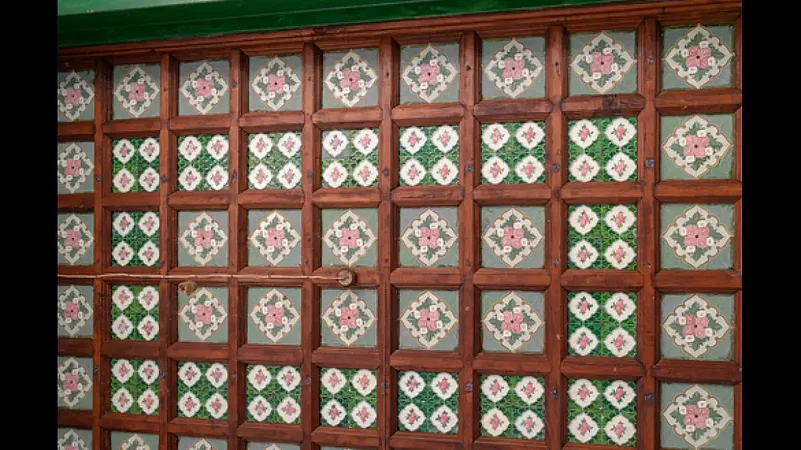Tucked in a corner of Tamil Nadu, the Chettinad region today is much appreciated for its palatial mansions and cuisine, an outcome of the fine living and dining introduced by the wealthy Chettiar community. The Chettiars earned much of their wealth during the 19th and early 20th century when their business ventures successfully spread across south-east Asia.
Their travels also inspired the merchants to use the best of materials in expanding their homesteads into palatial buildings. To complement the grand architectural planning, they imported teak wood from Burma (now Myanmar), satin wood from Ceylon (now Sri Lanka), marble from Italy and Belgium, cast iron and steel from England, tiles from Germany, Italy, Japan, etc. to decorate the mansions.

But imported goods had their limitations too. Soon, they found out that when the tiles got damaged, it was difficult to replace them in a hurry. To overcome the problem, it was decided to manufacture the tiles locally. Local craftspeople of Athangudi village near the town of Karaikudi were encouraged to set tile factories.
Now, almost 150 years later, Athangudi still excels in making those beautiful tiles.
Each tile is made and finished by hand in a long drawn process. The manufacturers believe it is the local soil which imparts the tiles their character and easy to create the beautiful patterns. Geometric and floral patterns in red, blue, green, and grey, are common. While manufacturers usually use template-based patterns, they may also use create free-hand designs.
A complete Athangudi tile usually consists of smaller tiles put together. The Athangudi tiles are low maintenance on one hand and the sheen improves with time, according to users. The handcrafted process coupled with the use of local clay and sand, natural ingredients (such as husks), sun drying the tiles, etc. Besides, the tile making process does not involve firing or use of electricity. Hence the tile are eco-friendly and sustainable too.
Even laying the tiles requires expert masons because the sides of the tiles are not polished evenly. Masons from Karaikudi are said to be the best in laying out the tiles in an even manner.
Like most handcrafted goods which have to compete with cheap, machine made products, survival is an uphill task for Athangudi tiles too. Besides, the weight of the tiles makes transportation difficult. However, renewed interest in the tiles by a group of discerning architects and interior designers has given a fresh lease of life to this legacy art.
















